Introduction to Clock Sphygmomanometers
Sphygmomanometers, commonly known as blood pressure monitors, are vital in the medical field for assessing cardiovascular health. Among the various types, the clock sphygmomanometer stands out for its unique design and ease of use. This device combines traditional reliability with a clock face dial for clear and accurate readings.
Types and Features
The clock style aneroid sphygmomanometer is a prevalent type, known for its aneroid mechanism and portability. Unlike their digital counterparts, these devices do not rely on electricity, making them suitable for various settings, including remote clinics. The regal clock aneroid is another variant, often praised for its robust construction and longevity. These devices typically feature a large dial, making it easier to read measurements at a glance.
Applications and Advantages
Clock sphygmomanometers are extensively used by healthcare professionals for routine check-ups and diagnostic purposes. Their application extends to various environments, from hospitals to home health care. The advantage of using a sphygmomanometer clock type is its precision. The analog display allows for incremental adjustments and can provide a more nuanced understanding of a patient's blood pressure over time.
Materials and Sustainability
Durability is a hallmark of the clock sphygmomanometer, with most models constructed from high-grade materials that ensure longevity and consistent performance. The eco-friendly materials used in these devices not only contribute to their durability but also support sustainability in medical equipment manufacturing.
Selection and Considerations
When selecting a clock sphygmomanometer, it is essential to consider the device's cuff size, calibration, and the readability of its gauge. A well-calibrated device ensures accurate blood pressure readings, which is crucial for effective diagnosis and monitoring. Additionally, the cuff size should be appropriate for the patient population it will serve to provide the most accurate readings.
Conclusion
In conclusion, the clock sphygmomanometer is an indispensable tool in medical diagnostics. Its design and functionality offer reliability and precision, making it a preferred choice for healthcare professionals. While exploring the range of sphygmomanometers available, it is important to consider the specific needs of your practice to ensure you select the most suitable model.



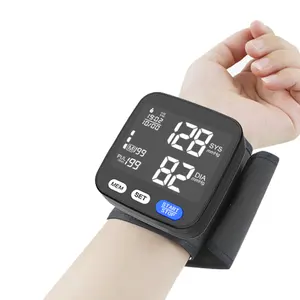





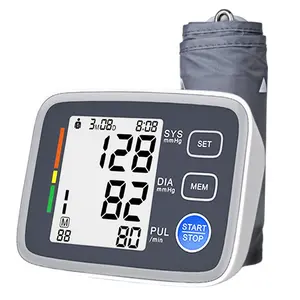



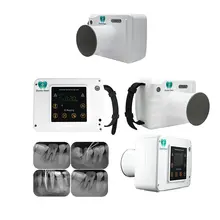
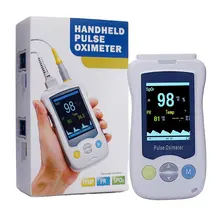

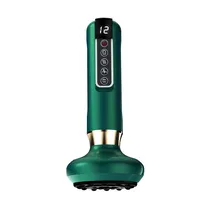
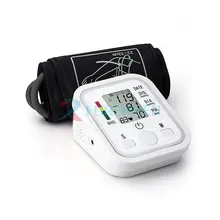















 浙公网安备 33010002000092号
浙公网安备 33010002000092号 浙B2-20120091-4
浙B2-20120091-4